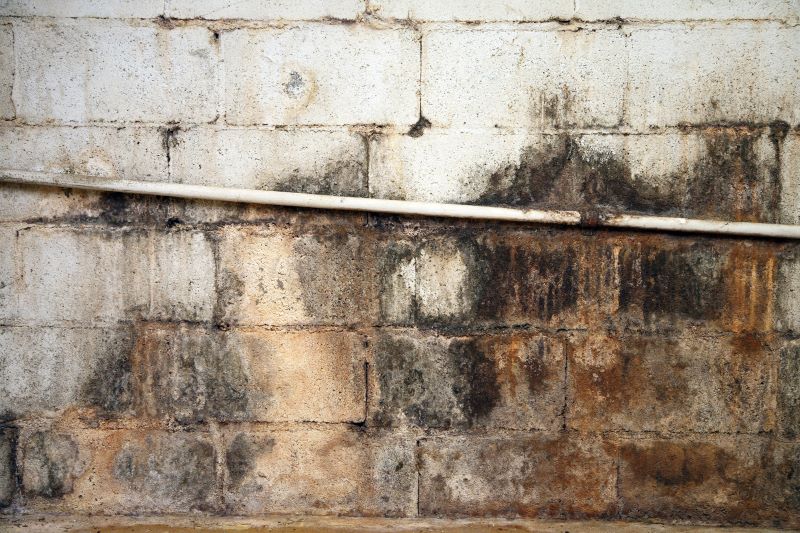The Hidden Dangers of Crawl Spaces
Crawl spaces can seem innocent enough, but this small area might be concealing bigger health hazards within your home. These problems can endanger your property and the health of your family, whether from mold, insects, or terrible air quality. Here are the details and how to secure your house against them.
Typical Creepers in Crawl Spaces
1. Mold and Mildew:
With the high humidity and temperature that crawl spaces experience, they can be a breeding ground for mold and mildew. These create spores and thrive in moist environments, spreading into your house. Mold spores can trigger:
- Cardio-pulmonary problems such as coughing and wheezing.
- Allergies: sneezing, itchy eyes, and skin irritation.
- Asthma flare-ups in individuals who already suffer from asthma.
Mold can also cause a nasty odor in your home that nobody wants to have. The key to stopping mold growth is to ensure that moisture does not accumulate in your crawl space.
2. Pest Infestations
Crawl spaces that are dark and musty, especially during fall and winter, become havens for pests like rats, mice, and even insects. Common risks include:
- Diseases carried by rodents: hantavirus, salmonella.
- Termites that can damage the wooden parts of your house.
- Contaminants such as droppings, urine, and fleas that reduce the air quality inside your home.
Proper pest control can eliminate these risks and protect your home’s foundation.
3. Poor Indoor Air Quality
The air from the crawl space circulates to all other parts of your home. If the space is polluted with mold, pests, or moisture, it can lead to:
- Progressive shortness of breath.
- Allergies and irritation.
- A slightly more uncomfortable home.
Better crawl space conditions mean better air quality for you and your family.
Crawl Space Hazards: How to Avoid Them
Encapsulation
Encapsulating your crawl space with a vapor barrier can help secure your home from moisture and allergens. Benefits of encapsulation include:
- Less mold and mildew growth.
- Better indoor air quality.
- Foundation protection.
Install a Dehumidifier
Dehumidifiers help maintain the ideal humidity level in your crawl space. They:
- Remove excess moisture.
- Prevent mold and mildew.
- Deter pests from staying in the area.
Professional Pest Control
Expert pest control services can:
- Eliminate existing pest populations using traps and baits.
- Seal access points to prevent rodents and bugs from entering.
Regular inspections can identify and prevent pest problems early on.
Improve Ventilation
Proper ventilation ensures better airflow in your crawl space by:
- Reducing moisture buildup.
- Preventing mold growth.
- Enhancing air circulation for a healthier home.
Questions & Answers (FAQs)
Q: What causes moisture in crawl spaces?
A: Moisture is often caused by poor drainage, leaky plumbing, and insufficient ventilation. Addressing these issues early prevents mold and mildew from forming.
Q: Can a crawl space affect my home’s air quality?
A: Yes, pollutants like mold spores and pest droppings can travel from the crawl space to inside your house, impacting the air you breathe.
Q: Is encapsulation worth the cost?
A: Absolutely. Encapsulation protects against moisture damage, improves air quality, and safeguards your home’s structure—saving money in the long run.
Q: How often should I inspect my crawl space?
A: To catch issues early, check your crawl space every six months or after heavy rainfall.
Take Action Now to Safeguard Your Home and Health
Don’t let crawl space issues put your family at risk. With a professionally developed remediation plan, you can ensure a safer and healthier living space.
Contact us today at Planet Friendly Pest Control for a consultation. Let our experts guide you in protecting your home from crawl space dangers.
NEED HELP?
If you live in Southern Maryland, or Northern Virginia
FIND YOUR SOLUTION HERE
People, Pet & Pollinator Safe! Pest control for people who care.
